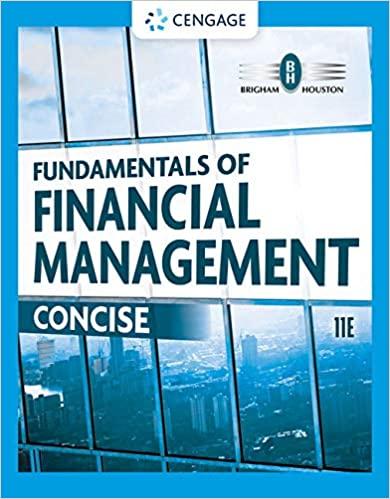Answered step by step
Verified Expert Solution
Question
1 Approved Answer
The instruction is attached. Actually the solution is attached too. I need the calculation answers in excel. But I want the calculation in excel. You
The instruction is attached. Actually the solution is attached too. I need the calculation answers in excel. But I want the calculation in excel. You can take the solution as reference and calculate it in excel. I need it in an hour or two.
 USC - MARSHALL SCHOOL OF BUSINESS FBE 441 Investments David Solomon - Spring 2015 Homework Assignment #3 Solutions 1. If CAPM is valid, which of the following situations are possible? Explain. Consider each situation independently. Hint: recall that the CAPM has implications for expected returns, correlations, covariances and variances. a) Portfolio A B Expected Beta Return 20 1.4 25 1.2 CAPM tells us that assets with higher betas should have higher expected returns. In this example, portfolio B has a lower beta, but a higher expected return. Contradiction. b) Portfolio Expected Standard Return Deviation A 30 35 B 45 25 Since part of the total asset's risk can be diversified away, higher standard deviation does not necessarily imply higher expected returns. Therefore, there is no contradiction with CAPM here. c) Portfolio Expected Standard Return Deviation Risk-free 10 0 Market 18 24 A 16 12 CAPM implies that the market portfolio has the highest Sharpe ratio Expected Return - Riskfree rate SR . In this example, Standard Deviation SR(Market)=(18-10)/24=0.33, while SR(A)=(16-10)/12=0.5, i.e. SR(Market)
USC - MARSHALL SCHOOL OF BUSINESS FBE 441 Investments David Solomon - Spring 2015 Homework Assignment #3 Solutions 1. If CAPM is valid, which of the following situations are possible? Explain. Consider each situation independently. Hint: recall that the CAPM has implications for expected returns, correlations, covariances and variances. a) Portfolio A B Expected Beta Return 20 1.4 25 1.2 CAPM tells us that assets with higher betas should have higher expected returns. In this example, portfolio B has a lower beta, but a higher expected return. Contradiction. b) Portfolio Expected Standard Return Deviation A 30 35 B 45 25 Since part of the total asset's risk can be diversified away, higher standard deviation does not necessarily imply higher expected returns. Therefore, there is no contradiction with CAPM here. c) Portfolio Expected Standard Return Deviation Risk-free 10 0 Market 18 24 A 16 12 CAPM implies that the market portfolio has the highest Sharpe ratio Expected Return - Riskfree rate SR . In this example, Standard Deviation SR(Market)=(18-10)/24=0.33, while SR(A)=(16-10)/12=0.5, i.e. SR(Market)Step by Step Solution
There are 3 Steps involved in it
Step: 1

Get Instant Access to Expert-Tailored Solutions
See step-by-step solutions with expert insights and AI powered tools for academic success
Step: 2

Step: 3

Ace Your Homework with AI
Get the answers you need in no time with our AI-driven, step-by-step assistance
Get Started


